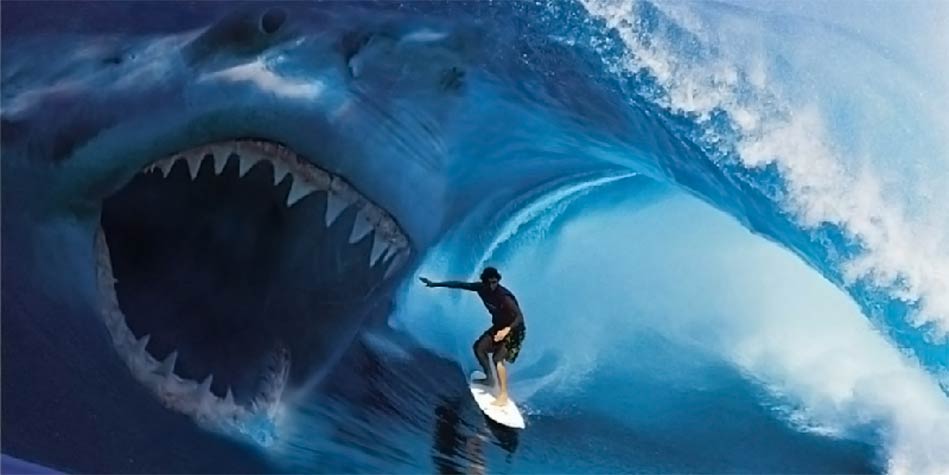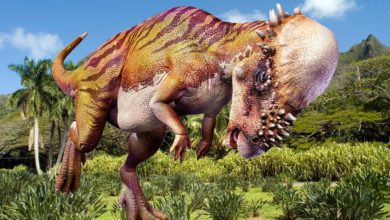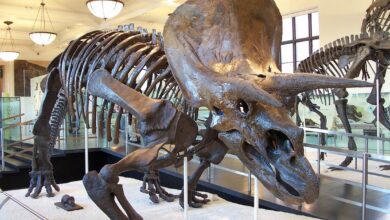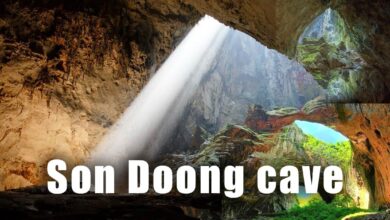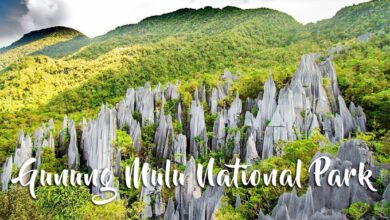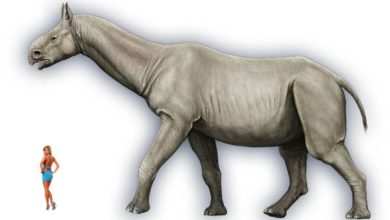Shark attacks in New Jersey – scenario of “Jaws”
The beginning of the 20th century was a time of rather low public awareness of sharks. Today, we know that although they are not typically cannibal fish, a few species can certainly be dangerous to humans. The accidents off the coast of New Jersey in July 1916 showed the darker side of this intelligent and beautiful fish.
First victims
The first victim was a boy Charles Epting Vansant, who was attacked in very shallow water. The rescuer present at the site rushed to help, but the predator was very vicious. The animals’ ruthlessness was reflected by extensive leg wounds, including femoral artery. As a result of injuries, the boy bled to death.
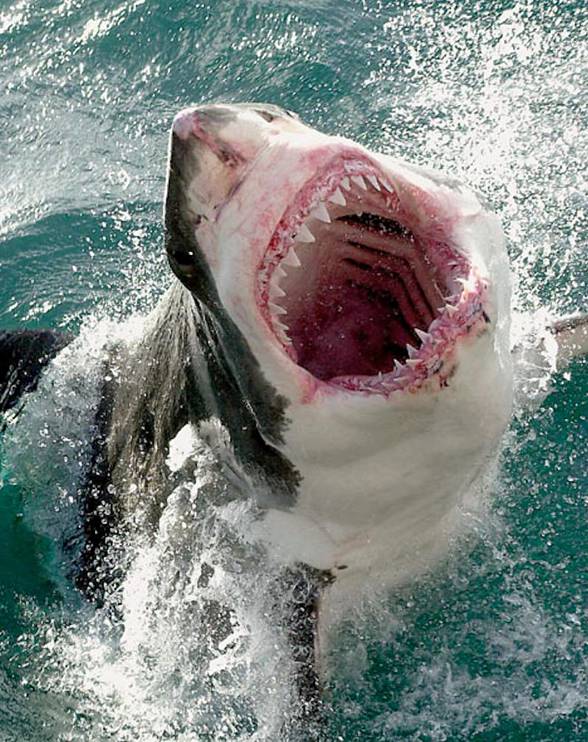
Scientists’ disbelief
Less than a week after the incident, another attack took place. This time, the victim was a man, Charles Bruder, who sailed far from the shore. He was 27 years old a Swiss bell captain at the Essex & Sussex Hotel.
A witness of the incident reported to the rescuers that a red canoe was floating far from the shore. It quickly turned out that it was not a kayak, but a big blood stain floating on the water. The man with his legs massacred was pulled out on the shore. He died before he touched the dry sand. Informed about the attacks, the scientists ignored the problem – they did not believe that similar actions could have been taken by sharks.
Other attacks
Subsequent attacks did not take place in the sea, but in a stream flowing near the town of Matawan. The problem was reported once again, and it was ignored again. The perception changed only when an 11-year-old boy was pulled under the water. A local businessman, Stanley Fisher – a witness of an incident – dived underwater to save a child. He saw only a massacred body, and he himself fell victim to a shark. Fisher died due to injuries. Half an hour after Fisher attacked, the shark got another victim – Joseph Dunn. Although he was heavily bitten, he was the only survivor of the five victims.

Victims of sharks from New Jersey
- Charles Vansant, 25 years old
- Charles Bruder, a hotel boy – 27 years old
- Lester Stillwell, 11 years old
- Stanley Fisher, seriously injured in attempting to rescue Lester Stillwell, died on the operating table
- Joseph Dunn, 12, survived, had an amputated leg at knee level.
Sharks responsible for attacks
It was suspected that the first two attacks were caused by the great white shark (Carcharodon carcharias), while the events near Matawan Creek could have been caused by the bull shark (Carcharhinus leucas). The latter species can survive in fresh water and is also considered by some to be more aggressive than the white shark. This does not change the fact that the events of 1916 contributed significantly to the reputation of white sharks as the beast hungry for human meat…
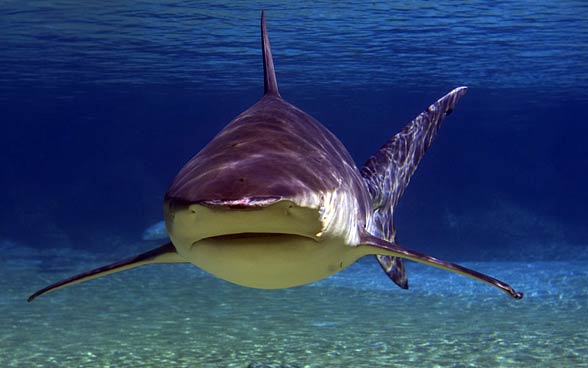
Inspirations
Shark attacks from July 1916 inspired Peter Benchley to write in 1974 a novel entitled Jaws. Steven Spielberg based the script of his famous movie on this novel. The movie “Jaws” was released in 1975.
Interesting facts
- Losses of owners of resorts in New Jersey caused a panic among tourists estimated at $250,000 ($5.5 million in 2017).
- In some areas of the coast, the number of bathers fell by 75%.

Recommended
- Marine
- Sharks – myths and facts
- Sharks – killers from the depths
- Great white shark
- Megalodon
- Whale shark – largest fish
- Basking shark – the second largest fish
- Greenland shark
- Hammerhead shark
- Tiger shark

